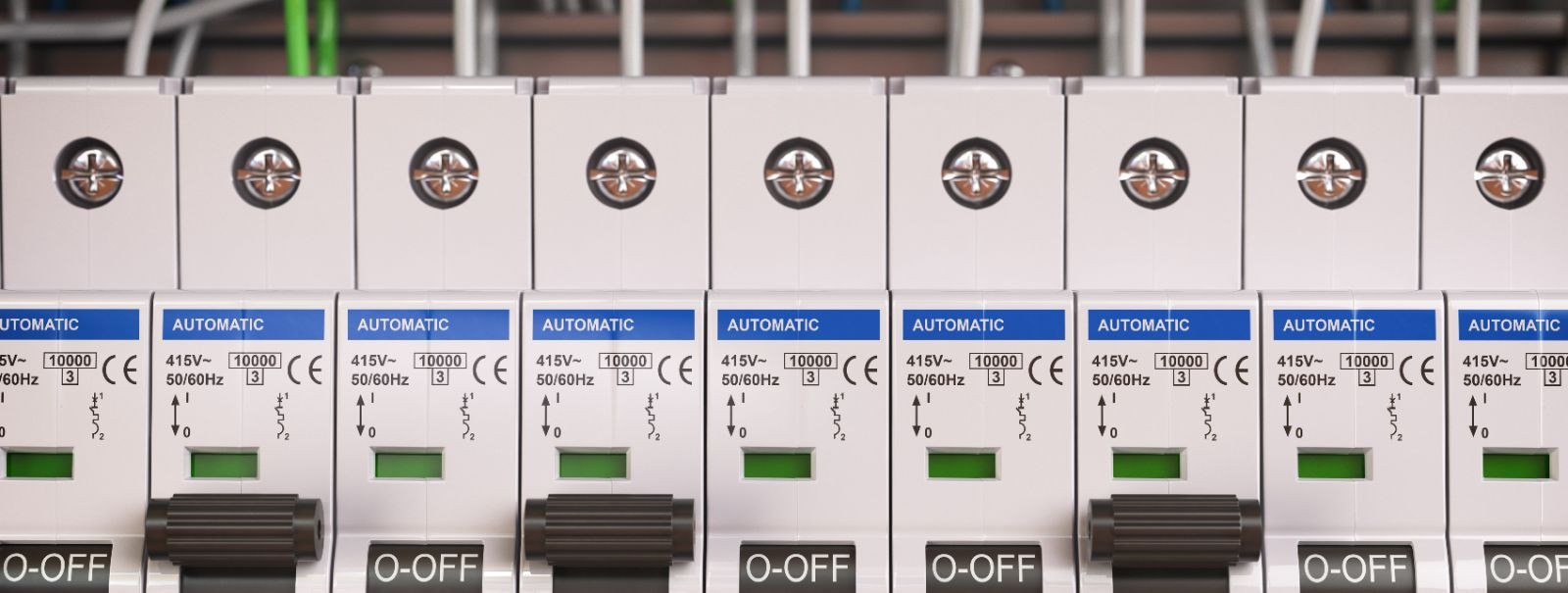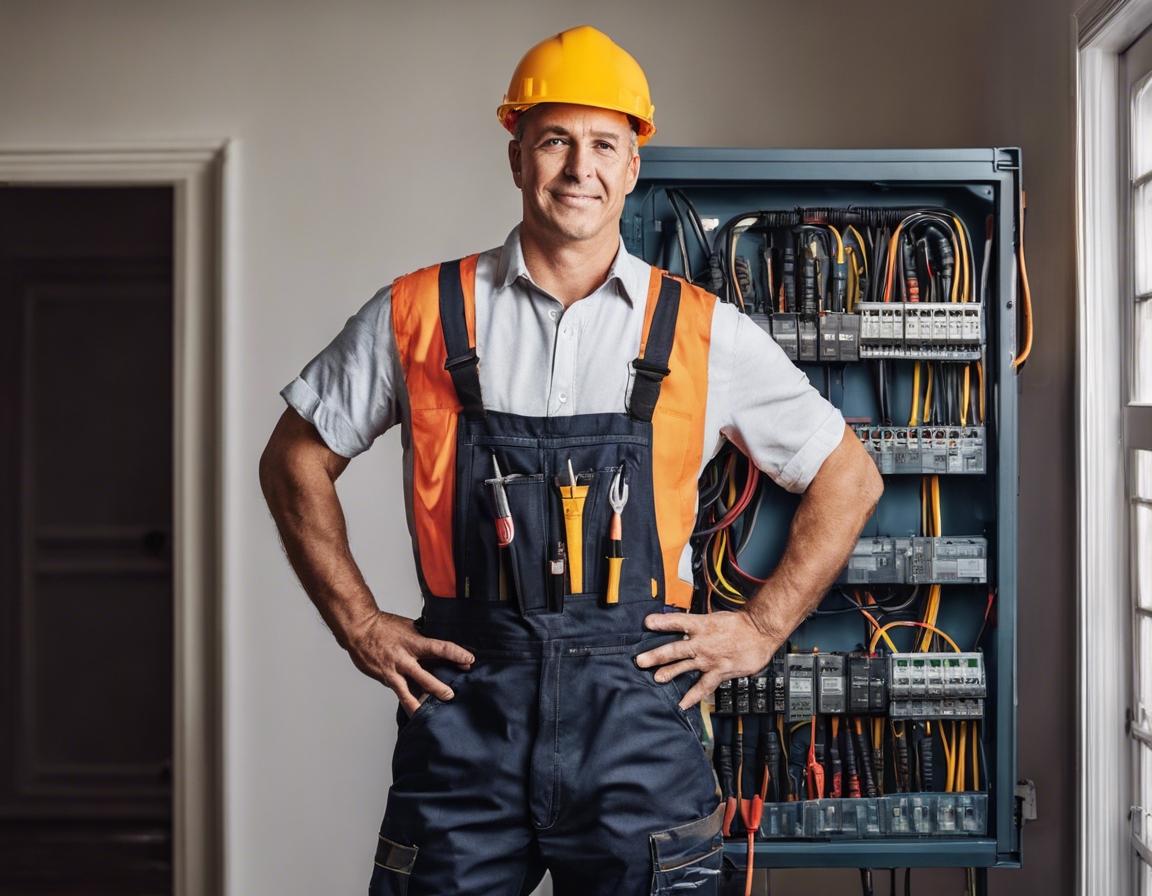Understanding circuit protection: tips for safety
Circuit protection is a critical aspect of electrical safety, designed to automatically halt the flow of electricity in the event of a fault, overload, or short circuit. Its primary purpose is to prevent damage to equipment, fires, and most importantly, to ensure the safety of individuals working with or around electrical systems.
There are several devices used to protect circuits, each with its specific function and application. Understanding these devices is essential for selecting the appropriate protection for any electrical system.
Common Circuit Protection Devices
Fuses are the simplest form of circuit protection. They consist of a metal wire or strip that melts when too much current flows through it, thereby interrupting the circuit. Fuses are a one-time use device and must be replaced after they 'blow.'
Circuit breakers are switches that automatically interrupt the flow of current in a circuit as soon as they detect an overload or short circuit. Unlike fuses, circuit breakers can be reset and reused after tripping.
GFCIs are devices that protect against electric shock by breaking the circuit when a difference in currents between hot and neutral wires occurs. They are particularly important in areas where electrical equipment is near water.
AFCIs are designed to prevent electrical fires by detecting an unintended electrical arc and then interrupting the power. They are increasingly required in residential electrical systems to protect against fire hazards.
Surge protectors guard against voltage spikes that can damage electrical equipment. They divert excess voltage away from the protected circuit to a ground line, thus safeguarding sensitive electronics.
Choosing the Right Circuit Protection
When selecting circuit protection, it is crucial to understand the load rating of the system and the ratings of the protective devices to ensure compatibility and adequate protection.
Various applications require different types of circuit protection. For instance, industrial environments may need more robust solutions than residential settings. It's important to consider the specific needs of the environment when choosing protection devices.
Installation and Maintenance Tips
For safety and compliance with electrical codes, it is recommended that circuit protection devices be installed by a professional electrician. This ensures that the installation is done correctly and safely.
Regular maintenance and testing of circuit protection devices are essential to ensure they function correctly. This includes visual inspections, testing of trip mechanisms, and replacement of worn or damaged parts.
As technology advances, older circuit protection devices may no longer provide adequate protection. Upgrading to newer, more advanced devices can enhance safety and efficiency.
Safety Practices for Circuit Protection
Always follow manufacturer guidelines for handling and using circuit protection devices. Incorrect usage can lead to device failure and increased safety risks.
Being able to recognize the signs of circuit failure, such as frequent tripping of circuit breakers or fuses, can prevent more serious issues. It's important to address these signs promptly.
In the event of an electrical emergency, knowing how to respond quickly and safely can prevent injury and damage. This includes knowing how to safely turn off power and when to evacuate the area.






Comments (0)